This could be looked at as unfair. You have a 312-horsepower BMW X1 M35i in one corner and the other, the 45+ MPG Lexus UX300h. They couldn’t be more different. Except they aren’t. The X1 and UX are designed to appeal to subcompact crossover shoppers looking for a premium badge and technology. A question arose: “The BMW is sporty, and the Lexus is fuel-efficient; who does their intended purpose better?” Can the M-lite X1 perform better than a Lexus hybrid? There is only one way to find out.
That Lexus looks small! Compared to the X1, the UX looks like a jacked-up hatchback. Starting with the X1, flush door handles and the lovely $1,200 Blue Bay Lagoon metallic paint give the X1 a sense of class. Meanwhile, the extended Shadow Trim with optional 20-inch wheels showcases the sporting potential of the X1. At the front, you’ll see BMW’s signature prominent grille, but the UX looks to have an even more prominent grille. While neither vehicle is a beauty, the Lexus looks more subdued, with proportions similar to a hatchback. The optional $595 Copper Crest paint with 18-inch wheels provides a touch of class without being shouty like the BMW. Sportiness is the name of the game for BMW, and the X1 delivers the goods with dual exhaust tips and rear spoiler. Winner: Lexus
Hop inside both of these, and their ethos continues to change. Starting with the BMW, the X1’s more significant dimensions pay dividends to the amount of space inside. It feels more airy, and the floating center console adds to the feeling of space. The standard Black M Alcantata and Veganza upholstery feels luxurious. Both vehicles have optional head-up displays, heated seats, heated steering wheels, and phone integration. My issue with the BMW is almost everything is on the touchscreen. Compared to the Lexus and its usage of physical buttons, the BMW is needlessly complicated. The BMW’s infotainment system is better, with more apparent resolution and better design integration into the cockpit.
BMW utilizes a 10.25-inch touchscreen with iDrive 7, while the Lexus houses an optional 12.3-inch touchscreen. Both vehicles have AppleCarplay and Android Auto with wireless or wired connections. With a much smaller cabin, the UX300h is borderline cramped. That back seat is almost useless, and the trunk space feels substantially smaller than the X1’s. The overall design of the Lexus feels dated, but that translates to features being separate from the touchscreen, such as the climate control, heated/ventilated seats, and heated steering wheel. In terms of space, the BMW is the clear winner. When it comes to technology, that’s a bit of a toss-up. It depends on whether you prefer your controls on a touchscreen or separately.
Now it’s time for performance, and here’s a surprise: the X1 is better. As the top-dog M35i, this X1 utilizes a 2.0-liter turbocharged inline-four, producing 301 horsepower and 332 pound-feet of torque. With a 7-speed dual-clutch automatic transmission and all-wheel drive, the X1 M35i accelerates from 0-60 MPH in 4.7 seconds. Compare that to the Lexus UX300h with its hybrid 2.0-liter inline-four producing a combined 196 horsepower and 152 pound-feet of torque. This crossover uses a hybrid CVT and all-wheel-drive for a 0-60 MPH time of 7.7 seconds. That’s three seconds slower! The Lexus doesn’t feel slow from a standstill, but the BMW has excess horsepower and a fun transmission.
As with most dual-clutch setups, initial throttle inputs from a stop are a bit jerky, but once you’re accelerating, it opens up. Four drive modes are available: comfort, sport, sport +, and eco +. You can set it comfortably and enjoy it, or put it in sport for a more engaging experience. It’s the complete opposite of the green Lexus. There are similar drive modes, but the UX300h doesn’t want to be rushed. That’s fine since this aims to be a posh Toyota Prius. It may be difficult to handle, but the Lexus is more sedate and comfortable. Both vehicles can overtake when needed, with the Lexus making quite the groan from its engine and the BMW trying to be as aggressive as it wants. With an aim for fuel economy, over 40 MPG is where the UX300h shines. It maintains almost double the MPG the X1 M35i has, with the BMW returning around 20 MPG. They also have advanced safety features such as adaptive cruise control, lane keep assist, and blind-spot monitoring. In this instance, both are winners.
The BMW performs well as a sporty crossover, and the Lexus performs well as a hybrid crossover.
Now for pricing. These are top-of-the-line trim levels with various degrees of options—first, the BMW. The base price of a 2024 BMW X1 M35i starts at $49,990. This vehicle had $1,200 Blue Bay Metallic Paint, $1,700 Driving Assistance Package Pro, $2,800 Premium Package, $600 20-inch wheels, $1,110 M Sport Package Pro, and others. Total price: $58,795. At a base price of $41,110, the UX300h comes in cheaper and stays that way. Chuck in $595 for the Copper Crest pain, $75 wireless charger, $250 cold weather package, $375 digital key I couldn’t use since I don’t have an account, $900 head-up display, $1,405 for the upgraded 12.3-inch infotainment system, and $2,200 for the Premium Package. Total cost: $46,255. Advantage: Lexus
So the Lexus wins since it’s a great hybrid, right? Not exactly. The winner of this may surprise you since it’s neither of these. Instead, the 2024 BMW X1 xDrive28 comes out on top. It doesn’t get the fuel economy of the Lexus nor the performance of the M35i, but it has almost all of the features of the M35i for $10,000 less. The luxury and performance are still there without being in-your-face and highly strung. Both vehicles tested are great. If fuel economy and comfort are top priorities, test drive the Lexus UX300h and make sure it has the space you need. If not, head to your local BMW dealership and look at the X1. Either way, you’ll find luxury and sound technology.
Photos Courtesy of BMW and Lexus

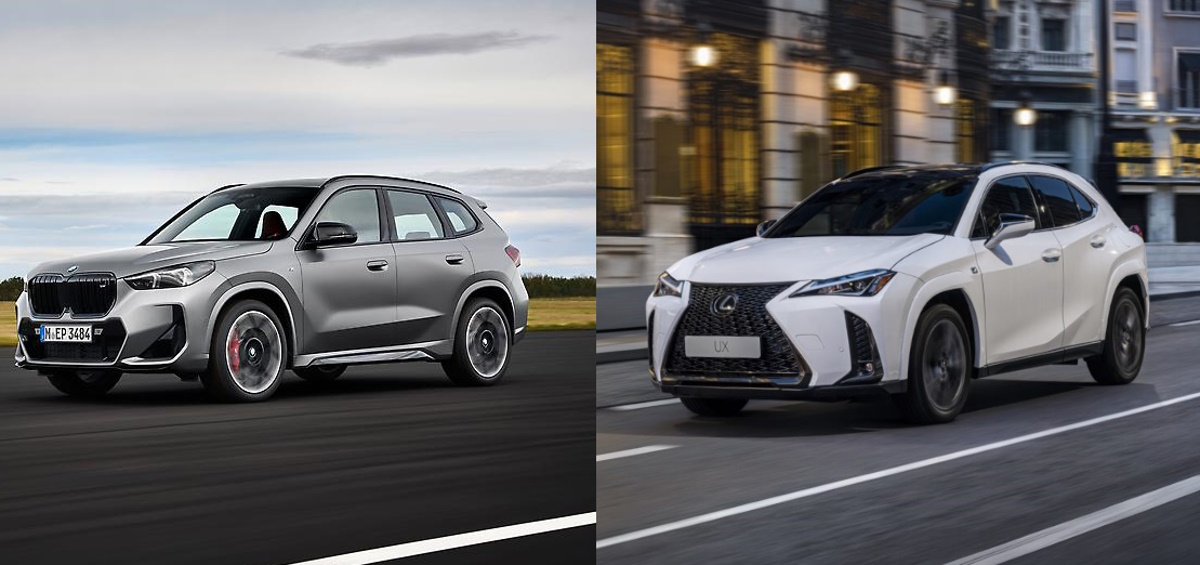
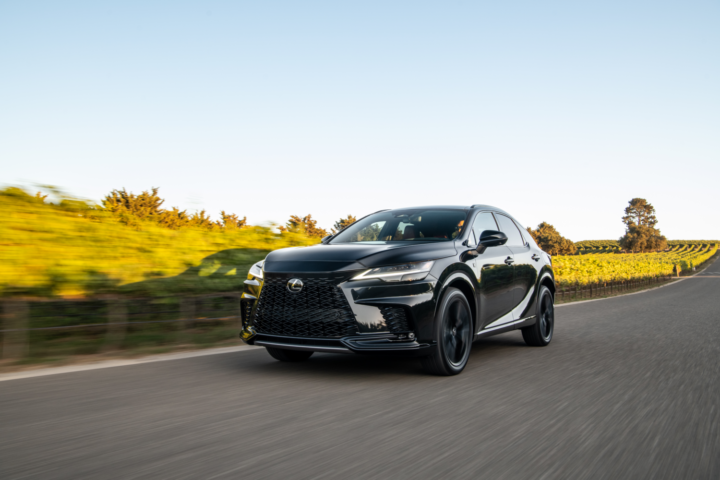
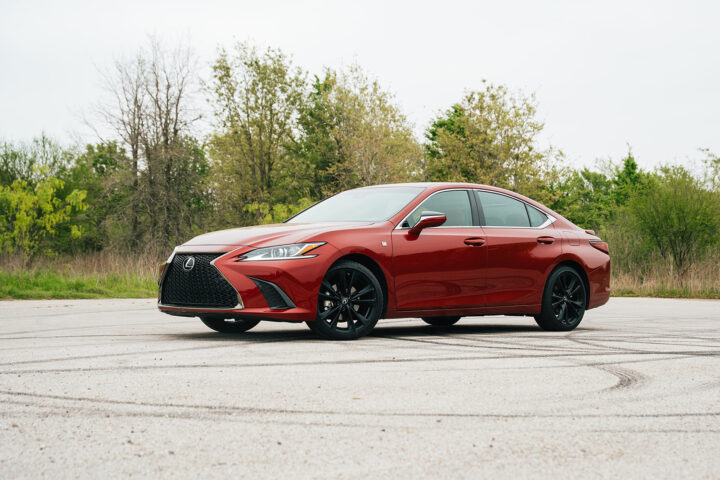
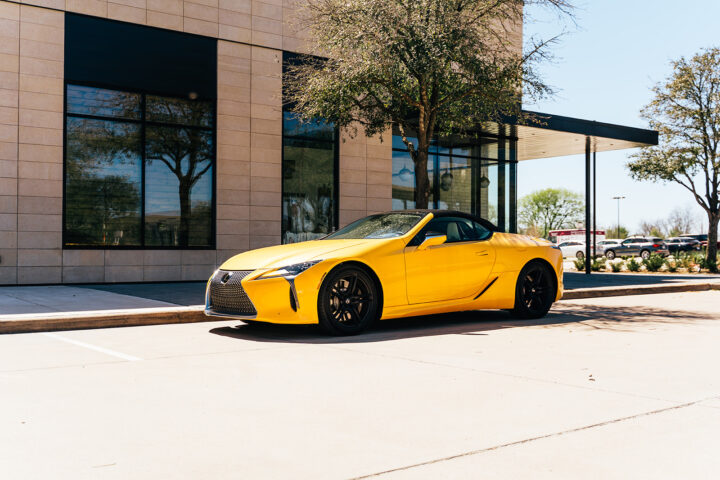














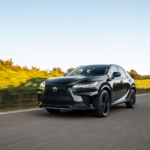
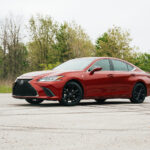
Your article helped me a lot, I went with the Lexus.